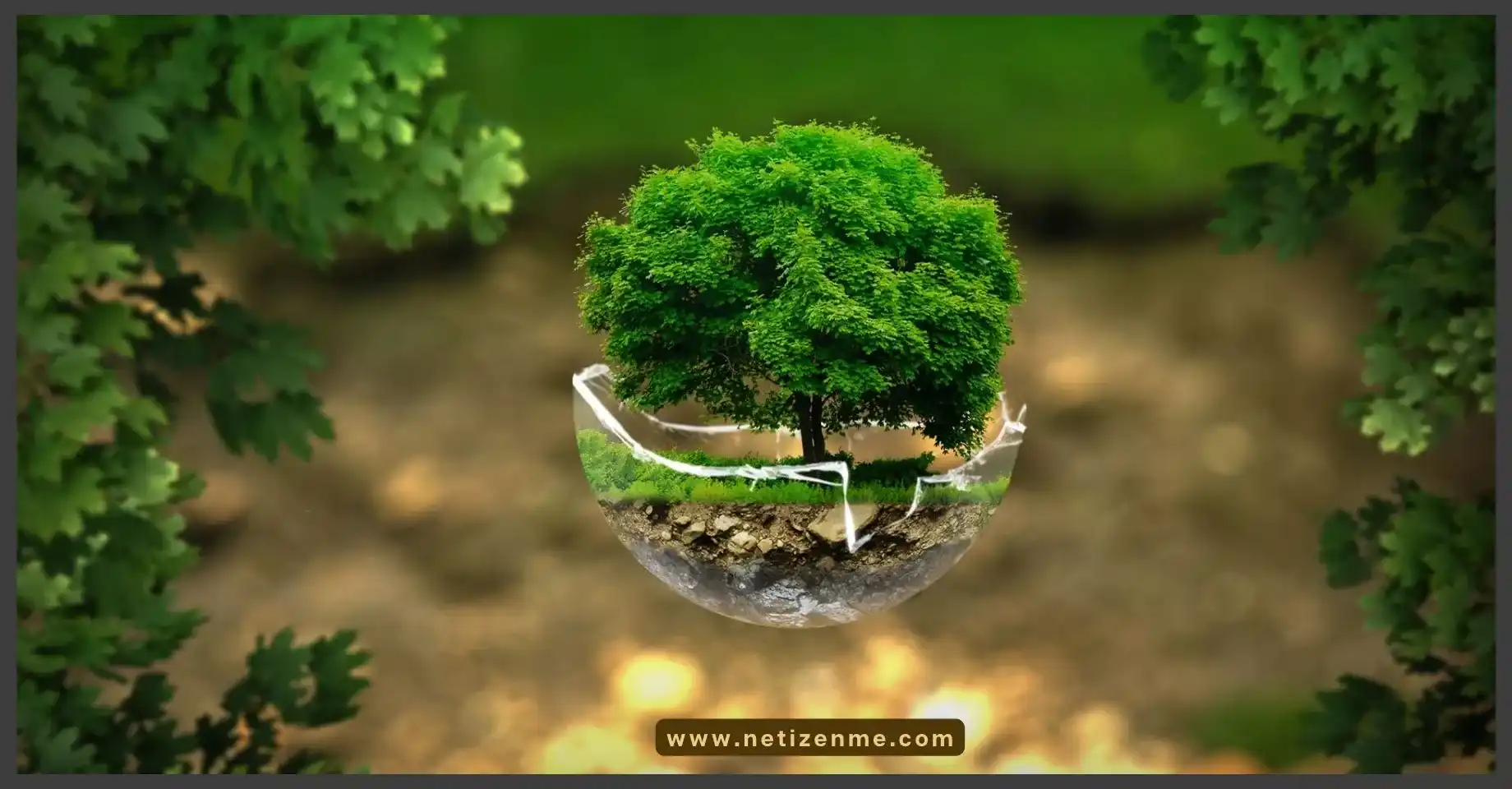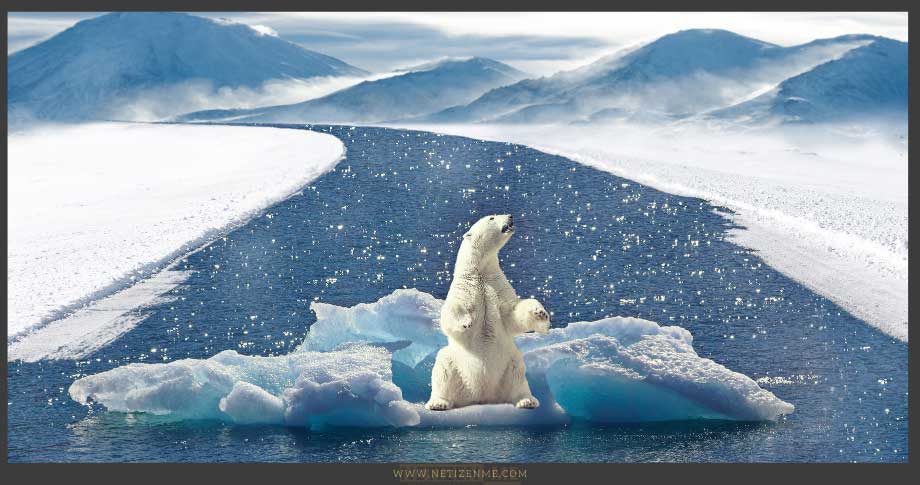Camouflage, a remarkable adaptation seen in various species, serves as a pivotal defensive strategy, enhancing the biological fitness of populations through increased survival rates. This trait allows organisms to blend seamlessly into their environments, providing a functional advantage against predators.
Camouflage as a Defensive Strategy
In the 1950s, a prominent case of color mismatch gained attention. England’s tree bark darkened due to coal smoke, making light-peppered moths, once well-camouflaged, conspicuous against the sooty backdrop. Consequently, a previously rare dark form of peppered moths became prevalent. Scientists hypothesized natural selection as the driving force and conducted tests by placing dark and light moth models on trees. As predicted, birds swiftly targeted the mismatched moths, validating the influence of natural selection in this environmental adaptation.
According to a published study by Farkas et al. (2013), the research investigated the intricate interplay between evolutionary and ecological dynamics, focusing on the stick insect Timema cristinae. The study explored how local adaptation patterns in these insects, influenced by various evolutionary processes, impacted metapopulations, communities, and multitrophic interactions. Field observations revealed that imperfect camouflage, a product of local maladaptation, significantly diminished population size, comparable to traditional ecological factors like habitat patch size and host-plant species identity. Field experiments further supported the hypothesis that maladaptation increased bird predation, consequently reducing both insect population size and the abundance and species richness of the co-occurring arthropod community. This cascading effect extended to decrease herbivory on host plants. An eco-evolutionary model derived from observational data predicted the spatial implications of maladaptation on habitat patch occupancy and metapopulation-level adaptation. The study underscored the pervasive influence of ongoing evolution in a spatial context on population and community dynamics, providing insights into the intricate relationship between ecological and evolutionary processes.
What makes the Camouflage trait an adaptation?
Camouflage is a classic example of an adaptation, conferring a survival advantage. Through the process of natural selection, individuals with traits that enhance their ability to remain undetected by predators are more likely to survive and pass on their genes. Over time, this leads to a population dominated by individuals possessing effective camouflage, illustrating the gradual evolution of this trait.
The difference between homologous and analogous traits
Homologous traits share a common ancestry, reflecting evolutionary relationships. In the case of camouflage, homologous traits may be observed in different species that share a common ancestor. However, analogous traits, while serving similar functions, do not share a common evolutionary origin. Camouflage can be homologous, where closely related species exhibit similar patterns, and analogous, where unrelated species independently evolve similar camouflage patterns for survival.
What is convergent and divergent evolution?
Convergent evolution occurs when unrelated species independently evolve similar traits due to similar environmental pressures. Camouflage is a prime example of convergent evolution, as different species facing common predators or environments develop similar mechanisms to avoid detection. Divergent evolution, conversely, involves the divergence of traits in related species over time. While related species may share a common ancestor with a basic form of camouflage, they might evolve different patterns in response to distinct environmental challenges.
In conclusion, the evolution of Camouflage traits as an adaptation showcases the intricacies of natural selection and adaptation. Whether homologous or analogous, the widespread occurrence of camouflage in nature underscores its significance in enhancing diverse organisms’ survival and reproductive success. Understanding the evolutionary dynamics of camouflage provides profound insights into the adaptive mechanisms shaping the diversity of life on Earth.
Camouflage trait as an adaptation – Resources used:
camouflage. (n.d.). https://education.nationalgeographic.org/resource/camouflage/
Yang, N., Sun, H., & Stevens, M. (2018). Plant camouflage: ecology, evolution, and implications. Trends in Ecology and Evolution, 33(8), 608–618. https://doi.org/10.1016/j.tree.2018.05.010
Boisseau, R. P., Bradler, S., & Emlen, D. J. (2023). Divergence time and environmental similarity predict the strength of morphological convergence in stick and leaf insects. bioRxiv (Cold Spring Harbor Laboratory). https://doi.org/10.1101/2023.11.07.565940
Farkas, T. E., Mononen, T., Comeault, A. A., Hanski, I., & Nosil, P. (2013). Evolution of camouflage drives rapid ecological change in an insect community. Current Biology, 23(19), 1835–1843. https://doi.org/10.1016/j.cub.2013.07.067
This article is written by:
This article is written and edited by in-house writers and editors. Knowledge Netizen editorial team is committed to providing accurate and informative content. You can cite our articles under the author name "NetizenMe"




